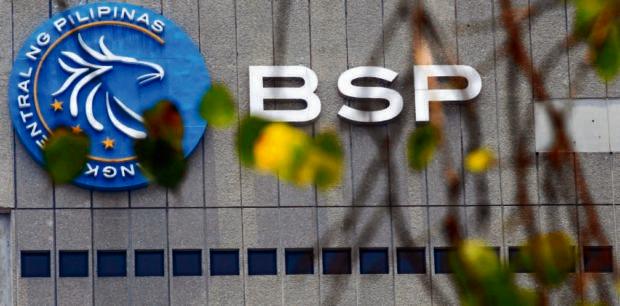BSP seen keeping key policy rate at a low 2%
A patient Bangko Sentral ng Pilipinas (BSP) will likely keep the policy rate at the current record-low 2 percent during 2022’s first meeting on monetary policy on Feb. 17 amid easing inflation yet still fragile economic growth.
“For now, given the still nascent recovery, and with inflation back within target band, we expect the BSP to keep policy rates on hold. Over the course of the year, as activity continues to improve, inflation pressures build and global risk-free rates rise, we expect the BSP to tighten policy settings by hiking policy rates once in the second half of 2022,” Goldman Sachs Economics Research said in a Feb. 11 report.
The investment banking giant noted that while “growth rebounded sharply into [end-2021] as the country eased restrictions, modestly tighter Omicron restrictions could slow momentum in early 2022.”
Meanwhile, headline inflation in January decelerated to 3 percent year-on-year, the slowest rate of increase in prices of basic commodities in 14 months.
No pressure
In a report on Monday, think tank Moody’s Analytics said the BSP was “expected to stand pat on monetary policy” during this week’s meeting.
“The BSP will be in the camp of central banks this year, which will feel no real pressure to normalize policy, partly because the economy endured its inflation scare in 2021,” Pantheon Macroeconomics senior Asia economist Miguel Chanco said in a report also on Monday.
“The headline rate should remain comfortably in the BSP’s 2 to 4 percent target range this year,” Chanco added.
Key headwind
For HSBC Global Research, “the pandemic situation remains a key headwind to growth, and the BSP will likely remain on hold to support growth despite rising prices.”
“The BSP is increasingly using forward guidance to assure the market that the current support will remain in place ‘for as long as needed.’ Hence, an accelerated pace of Fed’s monetary tightening is unlikely to have any immediate bearing on the BSP’s actions,” HSBC said in a Feb. 11 report. It was referring to the US Federal Reserve’s forthcoming multiple interest rate hikes this year, expected to start as early as next month.
Capital Economics Asia economist Alex Holmes said the BSP on Thursday would “signal that it is in no hurry to begin tightening.”
“There is still a long way for the recovery to go. We estimate that output is still 14-percent below its pre-crisis trend. The central bank will likely want to keep policy supportive,” Holmes said in a Jan. 11 report.
With the January price hikes caused by food shortages in the aftermath of Typhoon “Odette” (international name: Rai) expected to be only “temporary,” Holmes said inflation would “stay comfortably within target this year.”
While the majority of economists watching the Philippines had projected the BSP to hike key interest rates by up to 50 basis points this year, Holmes said the London-based think tank expects a steady rate for the rest of 2022.
Dutch banking giant ING in a Feb. 10 report said that “we don’t expect any changes in policy from the BSP, at least for now.”
“BSP Governor Benjamin Diokno stepped up his dovish rhetoric after inflation moderated in January, indicating that he did not want to ‘change course’ in the middle of a recovery. However, the dovish BSP stance against the backdrop of a hawkish Fed could translate into additional pressure on the Philippine peso in the near term,” ING said.
